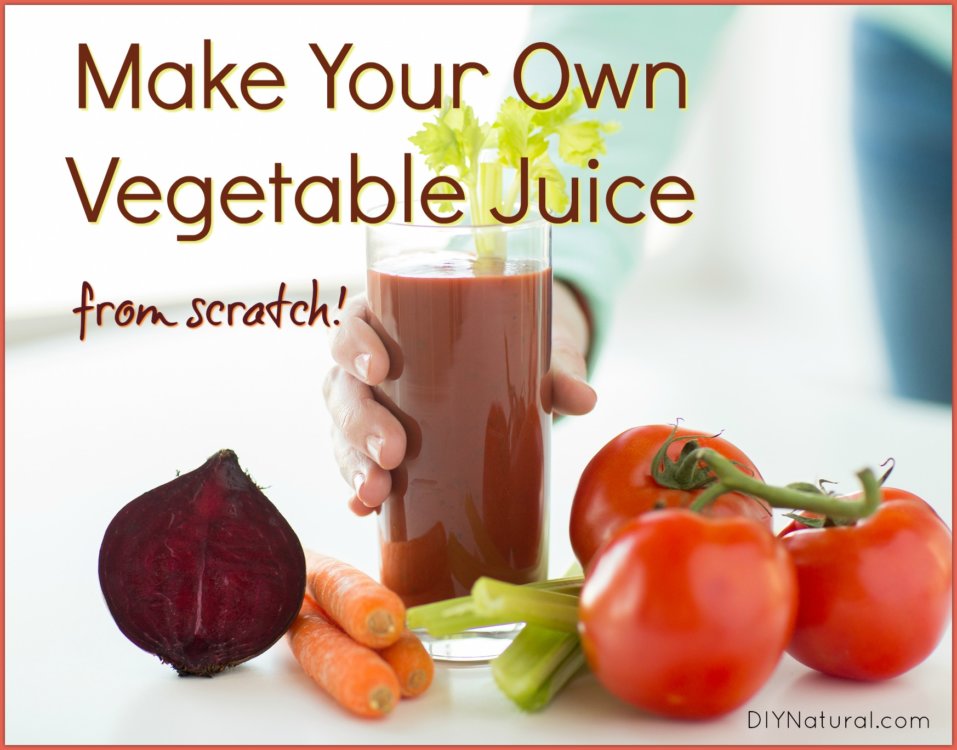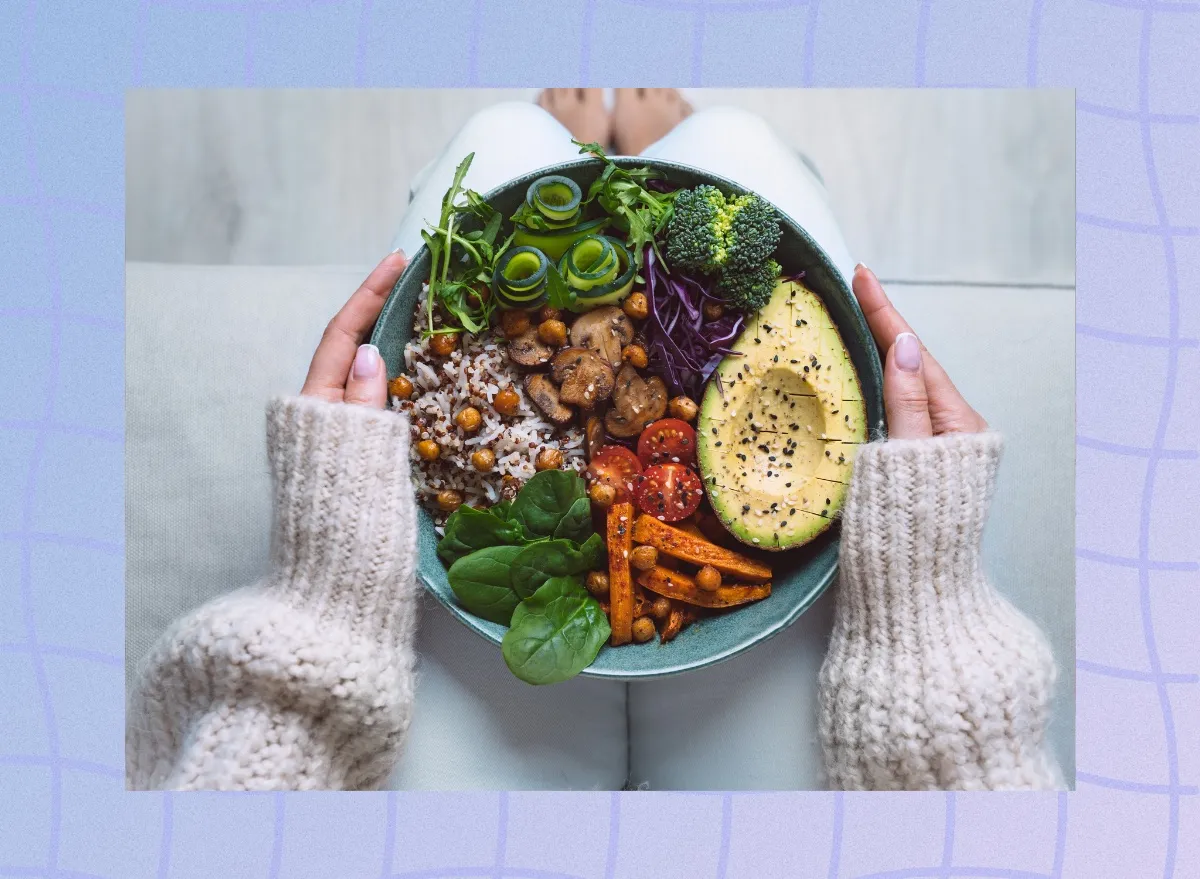

Vegetable juice recipes abound on the web, but this recipe sets itself apart because it’s all from scratch, right down to the broth!
Vegetable Juice Recipes
This isn’t a specific vegetable juice recipe as much as a tutorial on how to make a healthy homemade vegetable juice. We did this because we want you to use your favorite vegetables to end up with the flavors and nutrients you’re looking for.
And remember, vegetable juice isn’t just for drinking!
I’ve been craving chili since the weather has cooled off, and I use vegetable juice to create the perfect flavor base for my chili. Instead of running to the store for vegetable juice, I make my own, and you can too!
Here’s how I do it.
Vegetables To Use
While I’m cutting up any veggies for soup, stew, or chili, I keep the best parts of the ends and peels. Anything moldy or really dirty, I throw into a bowl and compost. The rest goes into a big pot. I throw in the ends of celery, the wilted leaves from cabbage, and even the peels from onions. Virtually any peels, cores, or roots from any vegetable will work. Don’t worry about stringy or tough pieces, we’ll address that later.
Vegetable Juice Recipe – Better Than V8®
The Broth
1. Fill a large stockpot about halfway with vegetable scraps. Cover the vegetables with water and set it on the stove to boil.
2. Once it reaches a boil, cover and reduce heat. The length of cook time will vary with the type of vegetables used, the size of the pieces, the temperature when you turn the broth down, and how soft you want the veggies to be. I cook mine down until it’s really mushy.
3. Once soft, pull the veggies out and put them in a bowl. Set aside. Strain the rest through a fine-mesh strainer or cheesecloth, just in case there was any dirt or sand left on something. (I have had sand in my broth when I failed to strain it, even though I washed the veggies well.)
READ RELATED: Scientist reveals the formula for the perfect gin and tonic with the best garnish, ice and glass
4. After this vegetable juice recipe is strained, I set up a chinois over the pot. (If you don’t have one, you can use a strainer, but a chinois will let you get all of the goodness out of the veggies.) A chinois is a conical shaped strainer with a conical shaped wooden masher that fits inside. It’s used to extract the flesh from cooked foods while leaving peels, seeds, and cores behind. It’s great for making applesauce, which is kind of what we’re doing here, except with vegetables.
5. Mash veggies through the chinois. Once you get all the flesh from the veggies, combine this mixture with the broth and stir well.
Tomato Vegetable Juice
You can make a tomato-based vegetable juice recipe like the popular brands, but without all the preservatives. Start the broth using the directions above, but use more tomatoes than any of the other veggies. I typically make mine with ½ tomatoes, and ½ other vegetables so that it ends up very tomato heavy. This is a great way to use up tomatoes that aren’t good for slicing or those that have ended up in the refrigerator. I keep a container in the freezer so that I can collect tomato pieces that have gotten too soft for salad but are still usable.
Optional Seasonings
You can season your tomato broth if you wish, or you can leave it alone. If you choose to do so, be sure to write the seasoning used on the label. (You may not want basil in chili, or cilantro in spaghetti sauce.) And remember that salt will slow down freezing if you need to cool it fast.
Storing Your Vegetable Juice
Your broth will keep for a few days in the refrigerator. To store it longer, freeze or can it. If using tomatoes, you’ll want to pressure can it to be sure there is no chance of bacteria.
I freeze mine in 2-quart containers, then take it out and store it in zip-top bags. I freeze some of it in ice cube trays and then transfer to zip-top bags as well. This allows me to just toss in one or two cubes if I want just a bit of flavor in a dish.
Using your Juice
You can add this vegetable juice recipe to any recipe that calls for a liquid component, including:
- Chili (it’s the base for great flavor)
- Soups and stews
- Liquid for cooking rice or pasta
- The base for goulash
- Or just drink it straight!
Do you have a favorite vegetable juice recipe? Let us know how you did it!
*******
Source: DIY Natural – Food









